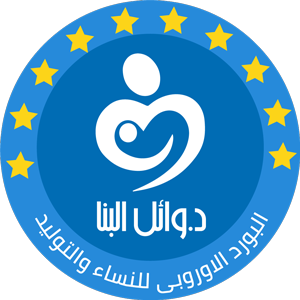During pregnancy your blood pressure will be checked at every antenatal appointment. This is because a rise in blood pressure can be the first sign of a condition known as pre-eclampsia – also called pregnancy-induced hypertension (PIH) or pre-eclamptic toxaemia (PET). It can run in families and affects 10% of pregnancies. Your urine is checked for protein at every visit, as this is a sign of pre-eclampsia.
The symptoms
Some of the symptoms of pre-eclampsia are:
• Bad headaches
• Problems with vision, such as blurred vision or lights flashing before the eyes
• Bad pain just below the ribs
• Vomiting
• Sudden swelling of the face, hands or feet.
However, you can have severe pre-eclampsia without any symptoms at all.
Although most cases are mild and cause no trouble, it can be serious for both mother and baby. It can cause fits in the mother (called eclampsia) and affects the baby’s growth. It is life-threatening if left untreated. That is why routine antenatal checks are so important.
Pre-eclampsia usually happens towards the end of pregnancy, but it may happen earlier. It can also happen after the birth. It is likely to be more severe if it starts earlier in pregnancy.
Treatment may start with rest at home, but some women need admission to hospital and medicines that lower high blood pressure. Occasionally, pre-eclampsia is a reason to deliver the baby early – this may be either by induction of labour or by caesarean section.
When to get help
If you get any of the symptoms described here, or have any reason to think that you have pre-eclampsia, contact your midwife, doctor or the hospital immediately.
Call Now
+201222233336
All rights reserved. @ Dr.Wael El Banna
